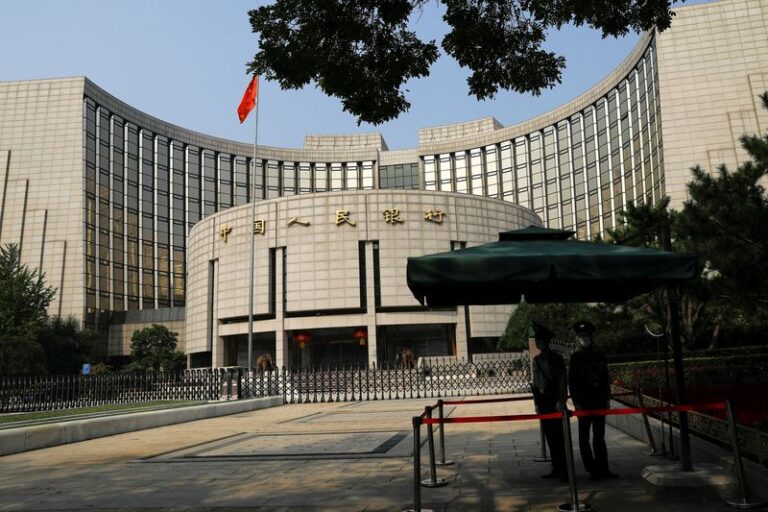SHANGHAI/SINGAPORE (Reuters) – China kept its monthly benchmark lending rate unchanged on Thursday, in line with market expectations.
Why is this important?
The steady setting of the monthly LPR highlights that Beijing’s monetary easing efforts remain constrained by narrowing interest rate margins and a weak currency, despite a recent string of data suggesting further support is needed to shore up an uneven economic recovery.
By the numbers
The one-year loan prime rate (LPR) was held steady at 3.45%, while the five-year LPR was unchanged at 3.95%.
In a Reuters survey of 30 market participants this week, 21 respondents, or 70 percent, expected both rates to remain unchanged.
China’s new home prices fell at the fastest pace in nine-and-a-half years in May, official data showed on Monday, as the property sector slumps despite government efforts to curb oversupply and support debt-laden developers.
A recovery in new bank lending in China in May was much weaker than expected and some key currency gauges fell to record lows, suggesting the world’s second-largest economy is still struggling to get back on track.
context
Most new and outstanding loans in China are based on the one-year LPR, but the five-year rate will impact mortgage pricing.
The five-year LPR was cut by 25 basis points in February to support the housing market.
China still has room to cut interest rates but its ability to adjust monetary policy faces domestic and external constraints, the central bank newspaper Financial News said in an editorial this week.
(Reporting by Wini Zaw and Tom Westbrook; Editing by Kim Coghill and Sri Navaratnam)

